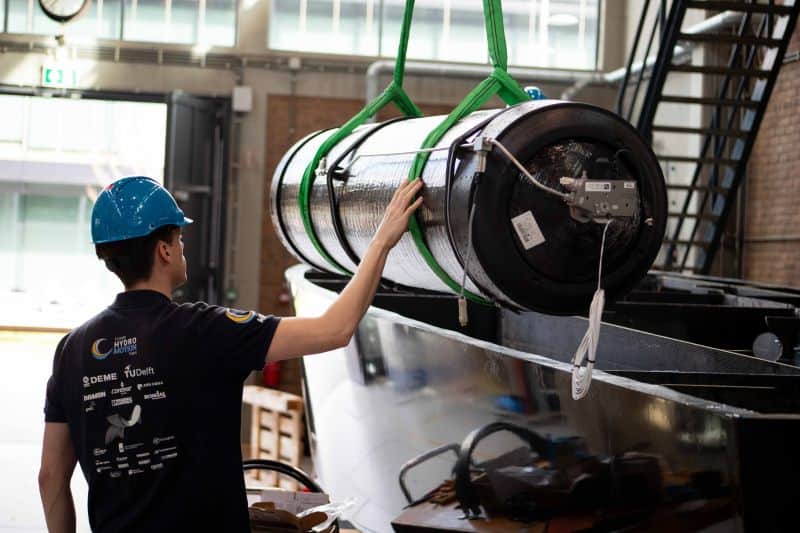
The municipality of The Hague has published a white paper outlining lessons learned from the Scheveningen Living Lab. Over the past five years, the city has tested smart technologies in an urban setting.
Extensive fiber optic network
The Living Lab Scheveningen runs on an extensive fiber optic network that connects various street facilities, such as lampposts, kiosks, and charging stations. This allows both above-ground and underground objects to be equipped with sensors, cameras, and network equipment.
Successful innovations
Many innovations proved successful. A key tool within this project is the Crowd Safety Manager (CSM). This provides real-time insight into crowds to employees of the municipality, police, and event organizers with detailed 3D maps. The maps use data derived from traffic and parking registrations, public transportation, and anonymized visitor information.
The CSM enables the municipality to proactively regulate crowds, for example by deploying traffic controllers or supervisors at busy spots, or by advising visitors to go to other parking garages, as happened during the Invictus Games.
In addition, ships in Scheveningen harbor are automatically registered by a system that detects and logs ship movements without recording privacy-sensitive information. This contributes to a safer environment in the port.

Projects discontinued
Some projects have been discontinued for various reasons. Sometimes, the technology did not work well enough, as in a pilot project for riot recognition. In another case, the technology functioned properly, but there was no longer a societal need for it. This was true of a smart camera with artificial intelligence that could detect nitrous oxide use. Since the problem with nitrous oxide on the boulevard had since subsided, the use of this technology was no longer deemed necessary.

